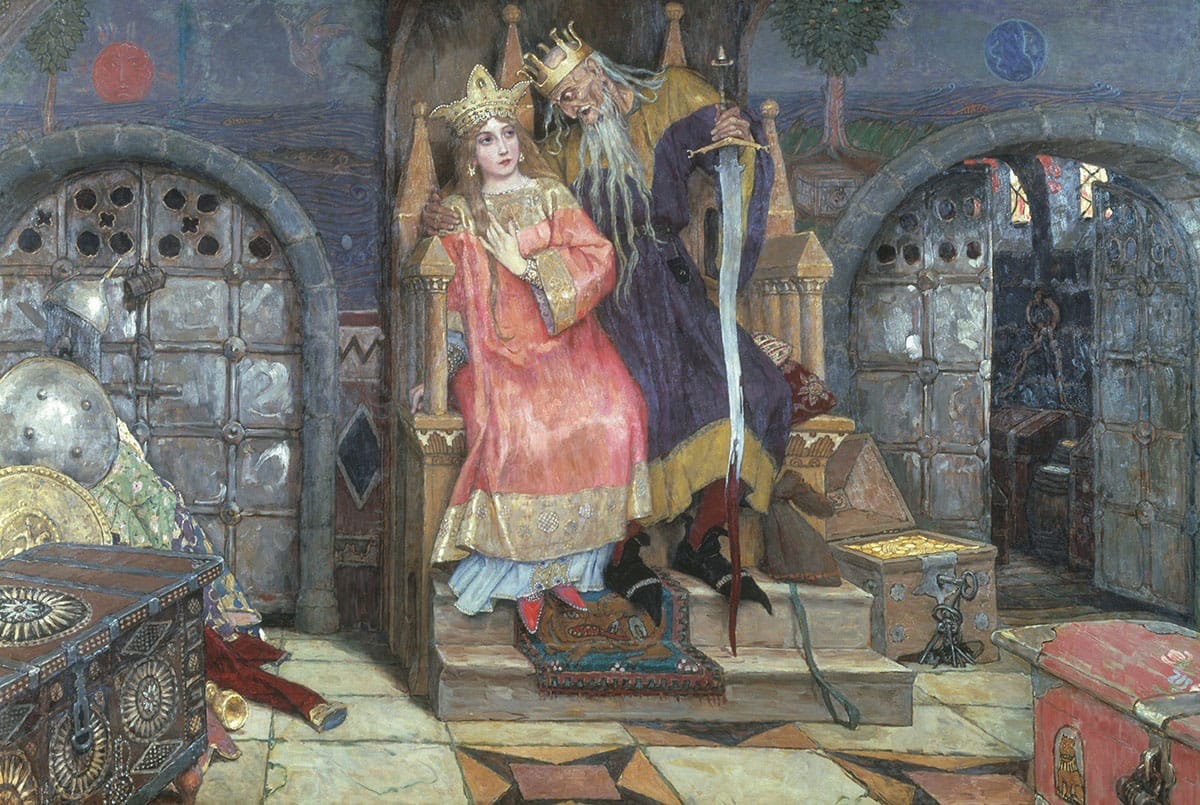No One Is an Island, Part 1: Read Someone

One of the things I love about Powered by the Apocalypse (PbtA) design is that you can look at a game’s basic moves sheet and get a good idea of what the game is actually about. Even games with moves that address similar fictional situations—getting in a fight, for example—can communicate a lot of their design intent with just the right choice of words, options, and results. I don’t think anybody who has played both Apocalypse World and Bluebeard’s Bride would say that Go Aggro on Someone and Dirty Yourself with Violence are remotely the same move, even if they’re both meant to be used in similar enough fictional situations (hitting someone).
When we looked at the Basic Moves sheet for the original Dungeon World (OG DW), we felt like there was at least one move missing, especially when considering that our version of the game—Dungeon World 2—would put a heavier emphasis on character interaction during play. We wanted a move that allowed PCs to get some idea of who they were interacting with. OG DW had similar moves in The Bard’s Starting Move Charming & Open and Con (a Bard “late” Advanced Move), but we wanted something that was reasonably available to everyone at the table.
And that’s how Read Someone was born.
Read Someone
When you probe and study someone during a conversation, roll+Intuitive. *On a 10+, you gain 2 Insight. *On a 7-9, only 1. If you're reading a PC you have a Bond with gain +1 Insight, even on a 6-. During this scene you can spend Insight, 1-for-1, to ask their player (including the GM) any question about their character’s thoughts, feelings, or motivations; the player will answer truthfully.
Example questions include:
- Are you telling the truth about…?
- How might I get you to…?
- How do you feel about…?
- What do you desire most?
As you can probably tell, this move is modeled after Examine (which Spencer introduced last Friday), and it’s based on Scrutinize Someone from Spencer’s Chasing Adventure. It works well in that game, so we decided to use it as a basis for Read Someone. Why a separate move from Examine, though? First, we wanted to use a different Stat to roll with it—Intuitive for Read Someone and Astute for Examine, respectively—because, in spite of what some fiction may try to make us believe, “reading people” seems to be a lot more emotional and instinctual than intellectual or logic-based. In turn, this allows our “Intuitive Class”—The Cleric—to be pretty good at understanding people’s motivations, as well as getting some impossible knowledge, both aspects which we feel fit perfectly with the fiction of that class.
Then we have the matter of PC vs PC interaction—or “PvP” as it’s commonly known. In a game that we established as about “struggling together” (see my earlier entry on Kinship & The Group Playbook for more details), that implies both working together and, well, sometimes having issues with each other. The way most fantasy adventuring parties are these days, there’s a lot of intraparty conflict and drama, so we wanted this move to offer a “soft” way to have PvP that’s both interesting and dramatic and, at the same time, that’s supported mechanically.
In our combined experience, leaving these aspects up to pure roleplaying—or conversation without randomness—is a recipe for misunderstandings and misalignments out of character. Some players will want to roleplay the mistrust from a very, let’s say, Thespian-like approach, while others may feel uncomfortable with the idea of having to improvise their reaction to that type of roleplay. And, since there are no mechanics involved, the uncomfortable/misaligned moment may continue for what feels like a looong time. And we don’t want that! We want drama, yes, but in the fiction. We want the players to have a great time together. Nothing can ensure that, of course, but clear mechanics—especially clear social mechanics—in our experience, can go a long way to mitigate those problematic interactions and recontextualize them as part of “normal” gameplay.
Now, and following Examine, this move allows you to ask any question to the player in question, GM or other player at the table. Along the same lines, the questions can be asked at any point during the current scene. These two aspects should hopefully allow for maximum usability at the (virtual) table.
Finally, we've added some example questions to provide guidance and/or inspiration. We hope that this helps players both new and old, especially when triggering the move the first few times—or when you're not feeling creative. After all, we've all been there, right?
And that's all for today! On Friday, Spencer will tell you all about how to convince people to do things for you—one way or another 😱
Until then, happy gaming!
Helena
